
Levi Olmstead


Software development is a constantly evolving field where innovation is key to staying ahead of the game. One of the most critical elements in the software development process is technical documentation, which helps developers understand and use software effectively.
However, traditional methods of technical documentation can be time-consuming and error-prone, especially with the growing complexity of software projects. This is where software documentation tools come in. These tools are designed to streamline the technical documentation process and make life easier for developers.
Software documentation tools are essential in today’s world of software development and product-led growth. They provide clever and unique solutions that automate many aspects of the technical documentation process, saving developers time and reducing the likelihood of errors. With software documentation tools, developers can easily create, update, and maintain technical documentation, ensuring that all team members have access to the most up-to-date information.
In this article, we’ll explore how software documentation tools can help you improve your technical documentation workflow and take a closer look at some of the most popular software documentation tools on the market, examining their features and benefits. Whether you’re a seasoned software developer or just starting out, you’ll find plenty of valuable insights to help you streamline your technical documentation process and stay ahead of the competition.
Software documentation is any written document that explains how a piece of software is built, operated, or used. For more complex software, it typically includes a section on general use as well as sections about each of the software’s various functions and features. Types of technical documentation come in many forms, including user tutorials demonstrating how to perform tasks, printed manuals, in-app step-by-step guidance, knowledge bases, FAQ pages on a company’s website, and more.
Software documentation varies depending on the software’s complexity and the audience’s technical knowledge. For example, it can walk end-users through the basics of the software, assist IT and system administrators with software installation, and help software developers build or update programs.
When creating your documentation, it’s essential to follow best practices to ensure that you’ve documented everything in a way that’s easy to understand, provides value for users, and aligns with your project goals. Keep these best practices in mind when writing your documentation:
When creating software documentation, the primary goal should be to make life easier for users and developers. Here are the goals of software documentation:
Software documentation includes internal documents accessible to developers and user manuals for end-users. The two primary types of software documentation are developer documentation, focused on technical details, and end-user documentation, designed to provide clear and concise instructions on how to use the software. Understanding the differences between these two types of documentation is crucial for creating high-quality documentation that meets the needs of both developers and users.
Developers use a specific type of documentation created as part of, or in conjunction with, the software development process. These documents can include release notes that describe features and updates, README files in text documents that offer a brief explanation of the software, system documentation that describes requirements for installation, and API documentation explaining how to integrate and work with an API.
End-user software documentation provides information about how to install, use, or configure a piece of software. This type of documentation helps people understand how to operate a product and can include step-by-step guides, tutorials, troubleshooting manuals, and knowledge bases. End-user software documentation is an important part of effective SaaS management.

There are areas where the lines blur between different types of software documentation, especially when it comes to technical documentation. An example of this is the minimum system requirements for installing a piece of software. Even though it’s considered a technical document, it falls under end-user documentation because it’s written for software users.
The ‘just-in-time’ (JIT) method of documentation involves creating documentation as it’s needed, and provides users with support documentation at the moment of need. It’s based on agile methodology and relies on feedback from users. Instead of creating a library of content based on assumptions about what your users need help with, you create a minimum amount of documentation when you launch a piece of software. Then when your users have questions or problems, you add those answers to your documentation – and provide those resources to users in their workflows, allowing them to keep productivity high and become self-reliant users of your product.
JIT documents can be knowledge bases, FAQ pages, how-to documents, or documentation that explains how to add functionality. Using the just-in-time method, you can update your software without creating a whole new documentation set.
Digital adoption platforms (DAPs) empower product teams to create in-app, moment-of-need user documentation, training, and support content. With a DAP like Whatfix, organizations can empower users with contextual in-app guidance, task lists, walkthroughs, pop-ups, and self-help wikis that connect to your knowledge repositories.

Software documentation tools streamline the process of creating and managing documents by making writing or distributing documentation faster and easier.
Many documentation tools allow you to publish your documents once complete and distribute them to internal teams or external users. Some documentation tools offer version control systems so your teams can track changes made over time.

When choosing a software documentation tool, there is no such thing as the “perfect” option.
To make sure you choose the right tool, start by creating a list of crucial features to look for. At the very least, your software documentation tool should integrate with other tools to reduce friction and increase productivity across departments.
Here are the key elements you’ll want to consider when choosing a software documentation tool:
Software documentation tools offer a variety of benefits that can help teams to create, manage, and share documentation more efficiently and effectively. From easily accessing documentation to improving collaboration and standardization, these tools can help to ensure that documentation is accurate, consistent, and accessible to stakeholders.
Well-crafted documentation helps your users get started quickly with more effective user onboarding and more easily take advantage of all the features your software has to offer. When your users find the answers they need and don’t have to stop what they’re doing to get help, they will be more likely to continue using your software – improving your product’s rate of digital adoption.
Software documentation allows developers to explain the decisions they made when the software was written. Instructions can help them remember why they wrote a particular bit of code when they go back to look at it at a later date. It’s also a big help to other developers who end up working on the same piece of software.
Support teams benefit from software documentation by reducing the number of support tickets and calls from users. It also improves troubleshooting — when information is readily accessible to them in the form of customer self-service formats, they can provide faster and more detailed customer support.
One of the top benefits of using software documentation tools is that they help ensure documentation consistency. With the use of templates, formatting styles, and other features, these tools make it easy to create consistent documentation across different projects and teams.
Software documentation tools offer a significant advantage in saving time. These tools come equipped with capabilities like automatic indexing, auto-generation of documentation, and other time-saving features that can speed up the documentation process considerably.
By using these tools, teams can create documentation much faster and more efficiently than they could have achieved manually. This can free up valuable time for developers to focus on other essential tasks, ultimately leading to improved productivity and faster time-to-market for software products.
Software documentation tools can foster better collaboration among team members by enabling multiple people to work on the same document simultaneously. By doing so, these tools can help to streamline the documentation process and ensure that everyone involved is on the same page. As a result, team members can easily share ideas, feedback, and changes to the documentation in real-time, enhancing the overall quality of the documentation.
These tools also often provide additional features such as version control, comments, and notifications that can further improve collaboration and communication among team members.
Documentation tools can simplify the process of accessing and sharing documentation with others, making it more convenient for team members to access the information they need, regardless of their location.
By hosting documentation in a centralized location, like a shared drive or a cloud-based platform, team members can easily access the information they need, collaborate with other team members, and work on the documentation. This can eliminate the need for tedious and time-consuming processes like physically sharing documents, which can slow down the progress of the project.
The software documentation tool you choose will depend on the type of documents you need to create. Here’s a list of 17 of the best software documentation tools for end-users and developers to help you make your choice:

G2 rating: 4.6 out of 5 stars
Pricing: Contact for pricing
Whatfix is a digital adoption platform (DAP) that allows you to create step-by-step walkthroughs that act as real-time software documentation by guiding employees through your software. You can display your documentation in a self-help widget if you already have a knowledge base.
Whatfix is redefining how software documentation is displayed and consumed, with new content embedded directly within your software applications in forms such as interactive in-app guidance, contextual walkthroughs, self-help support, popup notifications and beacons, and more. The platform also allows you to measure the usage and effectiveness of your documentation with user analytics.
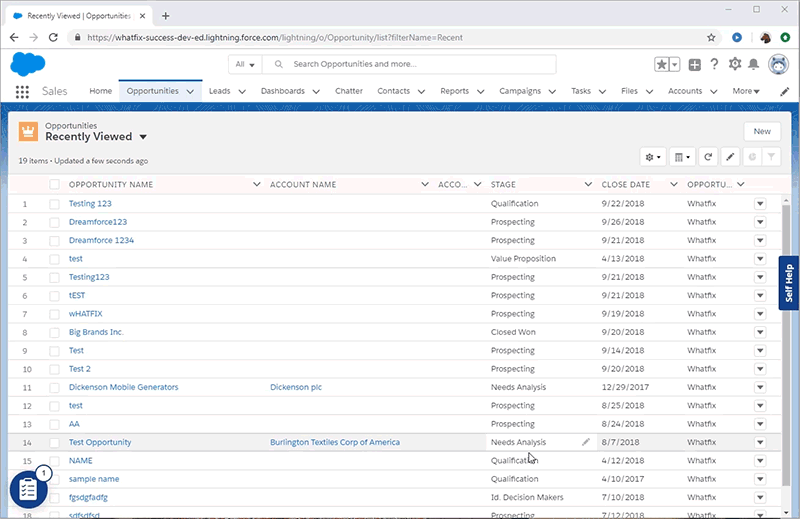
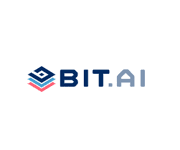
G2 rating: 4.2 out of 5 stars
Pricing: Contact for pricing
Bit.ai is a documentation collaboration platform that allows you to manage all of your documents in one place. It allows you to create notes, documents, and wikis, and you can manage your company’s documentation across teams or departments.
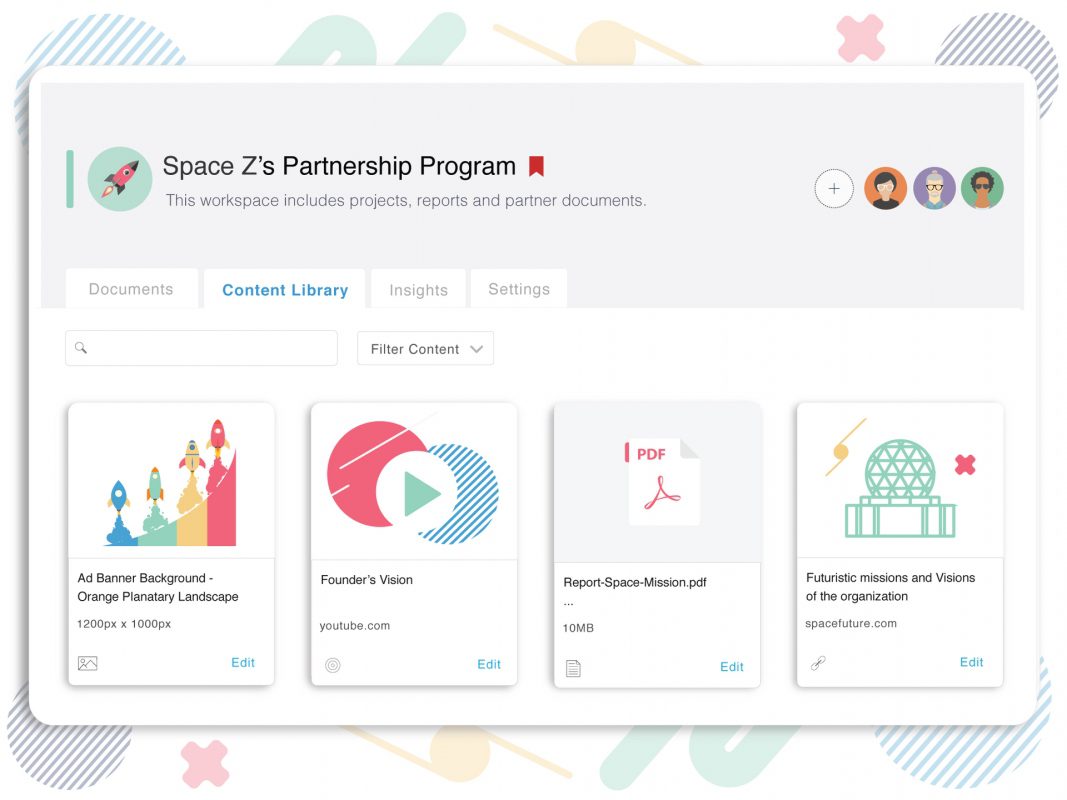
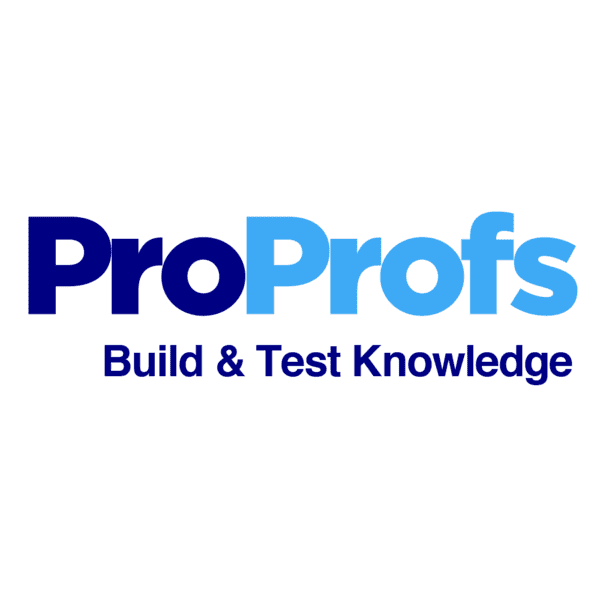
G2 rating: 4.4 out of 5 stars
Pricing: Plans starting at $0-199/month
ProProfs knowledge base software is a knowledge management tool that lets you create searchable online FAQs and help docs. You can add videos, audio, images, and infographics to your documentation to make your software documentation more interactive and compelling.
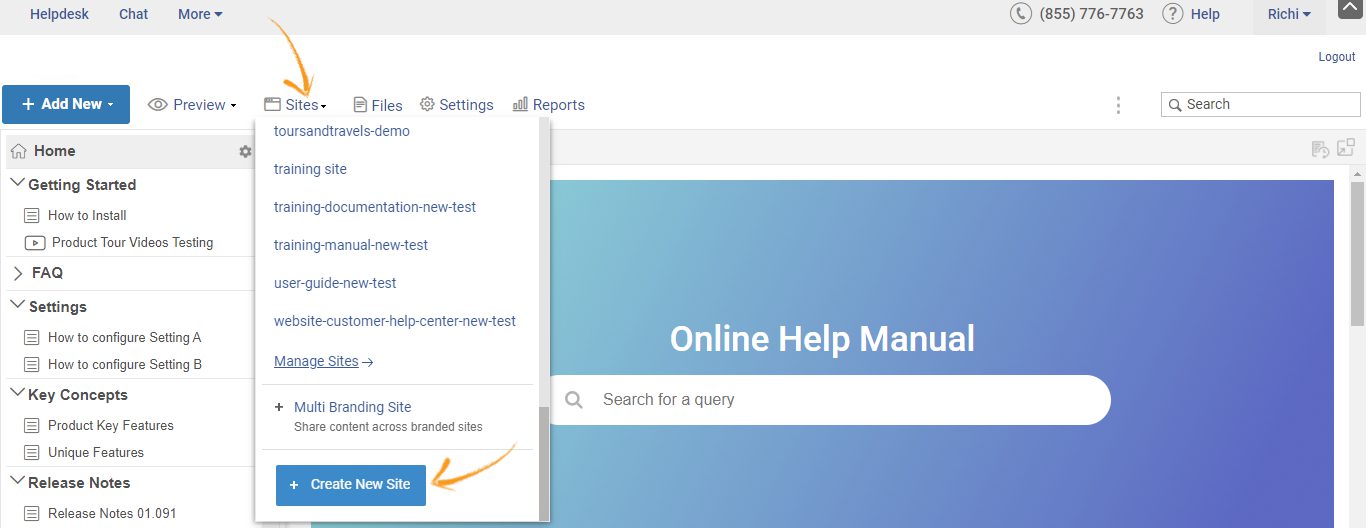
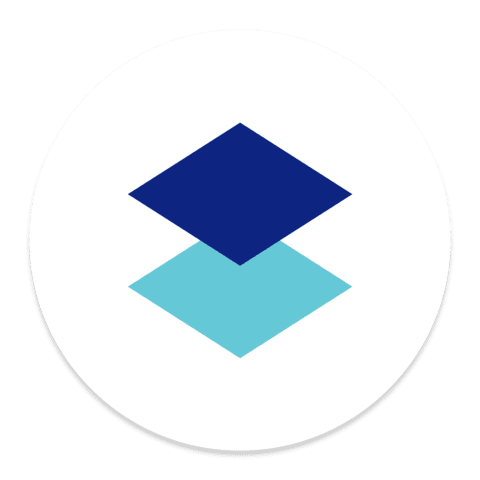
G2 rating: 4.1 out of 5 stars
Pricing: Contact for pricing
Dropbox Paper is an online document workspace that lets you organize and display text, media, and files all in one place. It’s a web-based tool, so it’s accessible as long as you have an internet connection. If you’re already a Dropbox user, you can create and edit documents without leaving Dropbox.
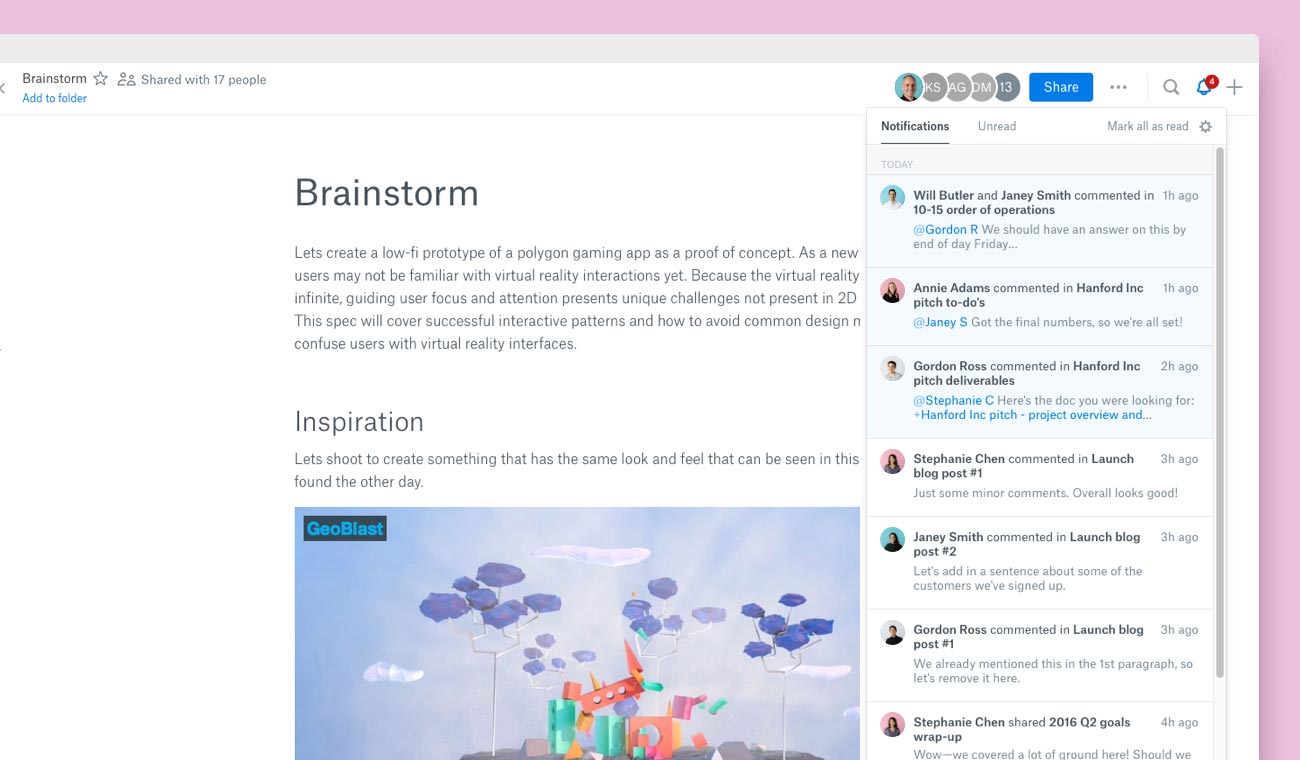

G2 rating: 4.5 out of 5 stars
Pricing: Plans starting at $0-$16.99/user/year
Tettra is a tool for internal company use. It’s a wiki and knowledge management system that lets teams create content other employees can read and comment on. This tool is specifically built to work with Slack and features integrations with several other tools, including GSuite, Microsoft Teams, GitHub, and Zapier.
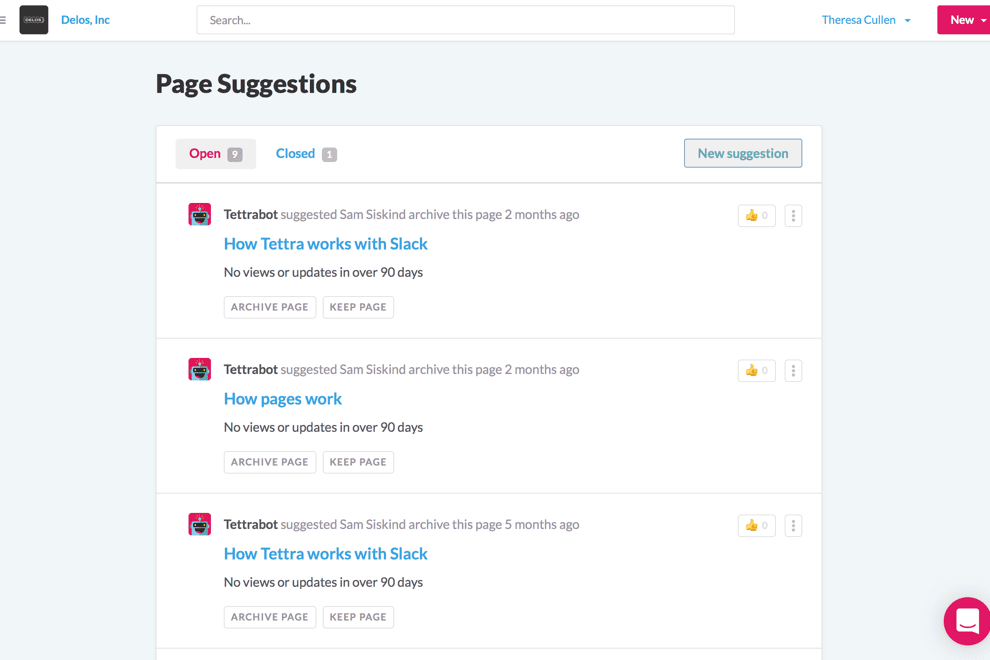
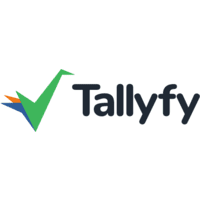
G2 rating: 5 out of 5 stars
Pricing: $30/member/month
Tallyfy is a workflow and process management software that lets you capture and automate your company’s knowledge. This software offers the ability to see the status of your tasks, and it is built to integrate into many other systems like Slack or Gmail. It also automates the process of tracking document changes.
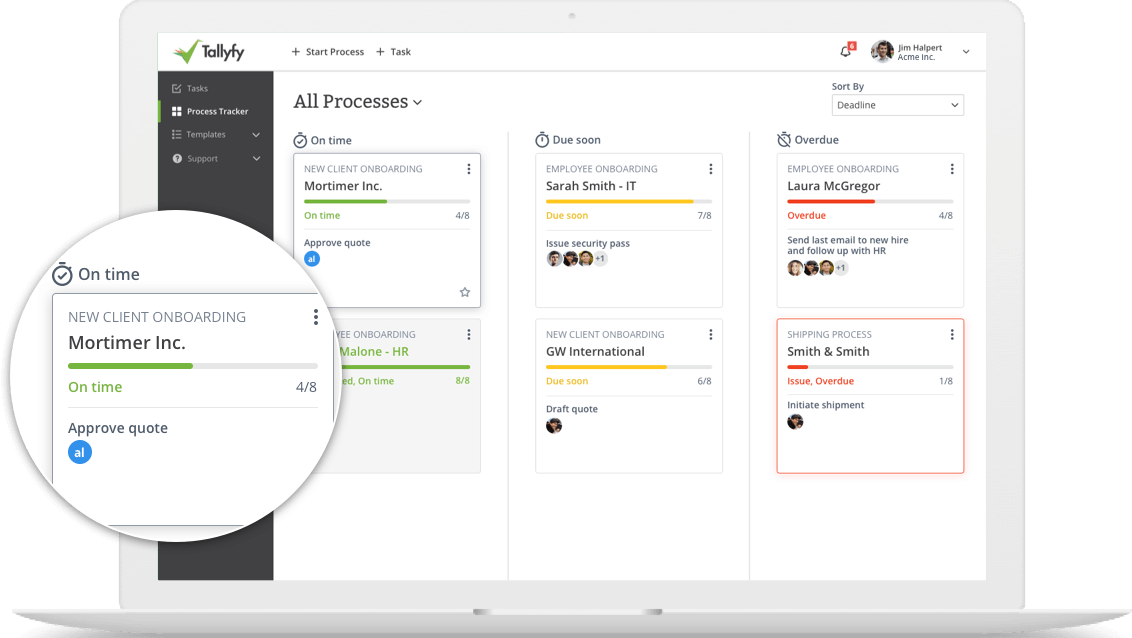

G2 rating: 4.8 out of 5 stars
Pricing: Contact for pricing
Scribe is a tool that automatically creates software documentation. It’s a Chrome extension and desktop application that captures a process you complete in a software tool, turning your actions into instructions and screenshots.
Users can modify instructions, edit screenshots, and redact sensitive information. Scribes can be shared to select people or teams or be made public. They can be embedded in a CMS, knowledge base, wiki, help center, or other platforms.

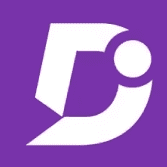
G2 rating: 4.7 out of 5 stars
Pricing: Plans starting at $0-$399/5 members/month
Document360 offers an intuitive user interface that makes it easy for users to navigate and find information. It provides a powerful search function that can quickly locate relevant content and supports multi-language documentation to cater to a wider audience. Document360 also allows users to provide feedback and comments, helping to improve the quality and relevance of the documentation. With built-in analytics and insights, Document360 helps teams track how end-users engage with the documentation, enabling them to make data-driven decisions to improve the user experience.


G2 rating: 4.8 out of 5 stars
Pricing: Plans starting at $175-$580/month
ClickHelp provides a user-friendly interface for customers to easily access and understand documentation. Its search function and customizable navigation menu make finding relevant information simple. ClickHelp also supports multiple languages, ensuring that documentation is accessible to a global audience. With built-in collaboration tools, users can leave comments, suggestions, and track changes, improving the overall quality of the documentation. ClickHelp also offers analytics and reporting features to help teams track usage and identify areas for improvement.
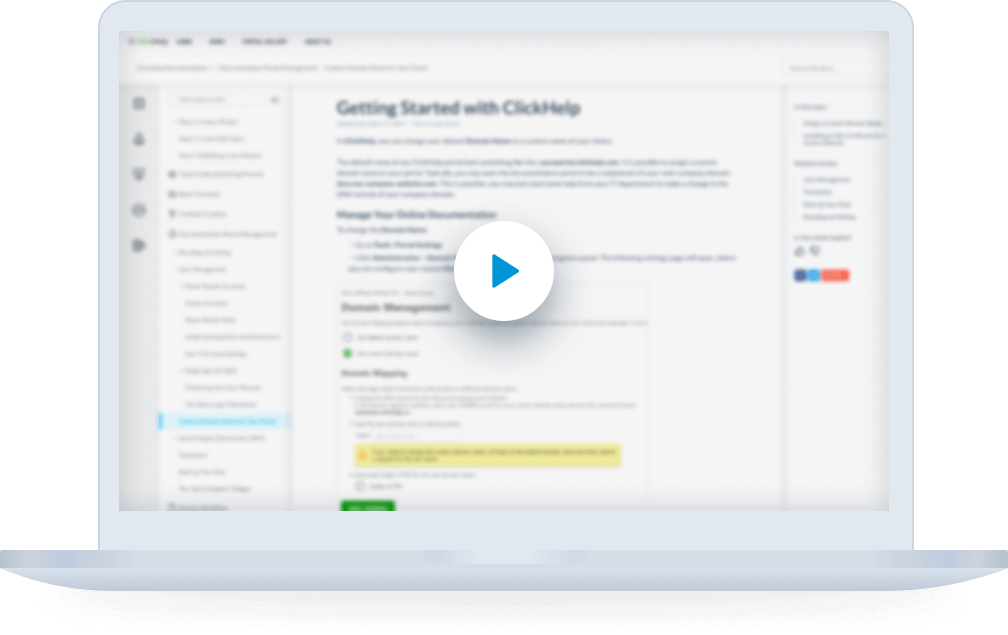

G2 rating: 4.7 out of 5 stars
Pricing: Plans starting at $0-$10/user/month
Nuclino offers a simple and intuitive interface for users to create and collaborate on documents. Its real-time collaboration feature allows multiple team members to work on a document simultaneously, making it easy to share ideas and work together. Nuclino also offers a flexible and customizable structure for organizing information, with the ability to link related documents for easy navigation. Its search function is fast and efficient, allowing users to quickly find the information they need. With version control and commenting features, Nuclino helps ensure that documentation is up-to-date and accurate.


G2 rating: 4.7 out of 5 stars
Pricing: Plans starting at $0-$21/license/month
GitHub is a cloud-based website and service that stores code and helps developers control and track changes through a version control system called GIT to host and review code. In addition to their repository, they offer GitHub Pages, a website hosting service that takes files directly from a GitHub repository and runs the files through a process that creates a website. This feature allows developers to create software documentation in plain text or Markdown.
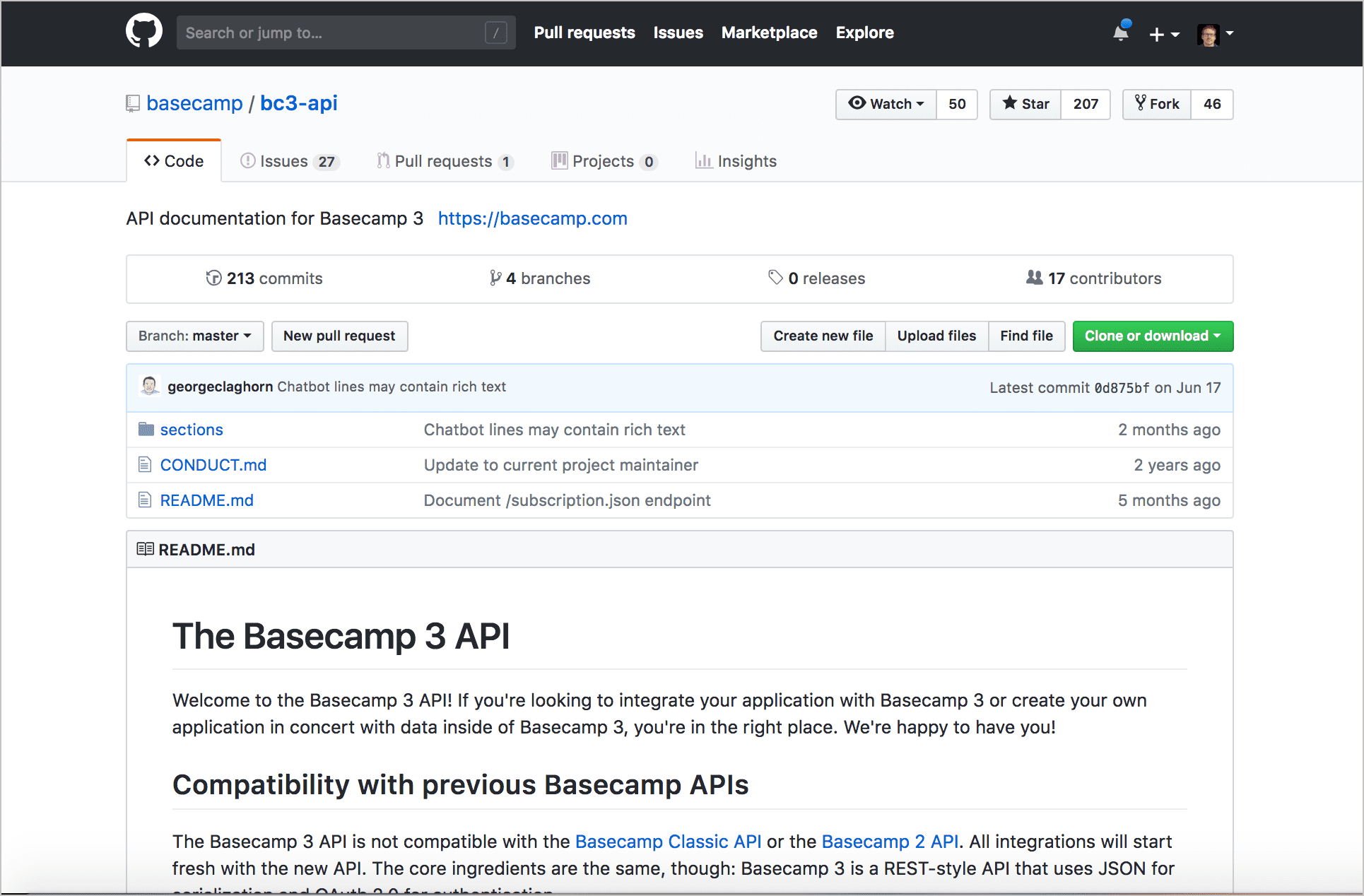

G2 rating: 4.3 out of 5 stars
Pricing: Contact for pricing
Apiary by Oracle is a dedicated host for Application Programming Interface (API) documentation that lets you design, prototype, document, and test APIs. One helpful feature is the ability to prototype an API without written code.
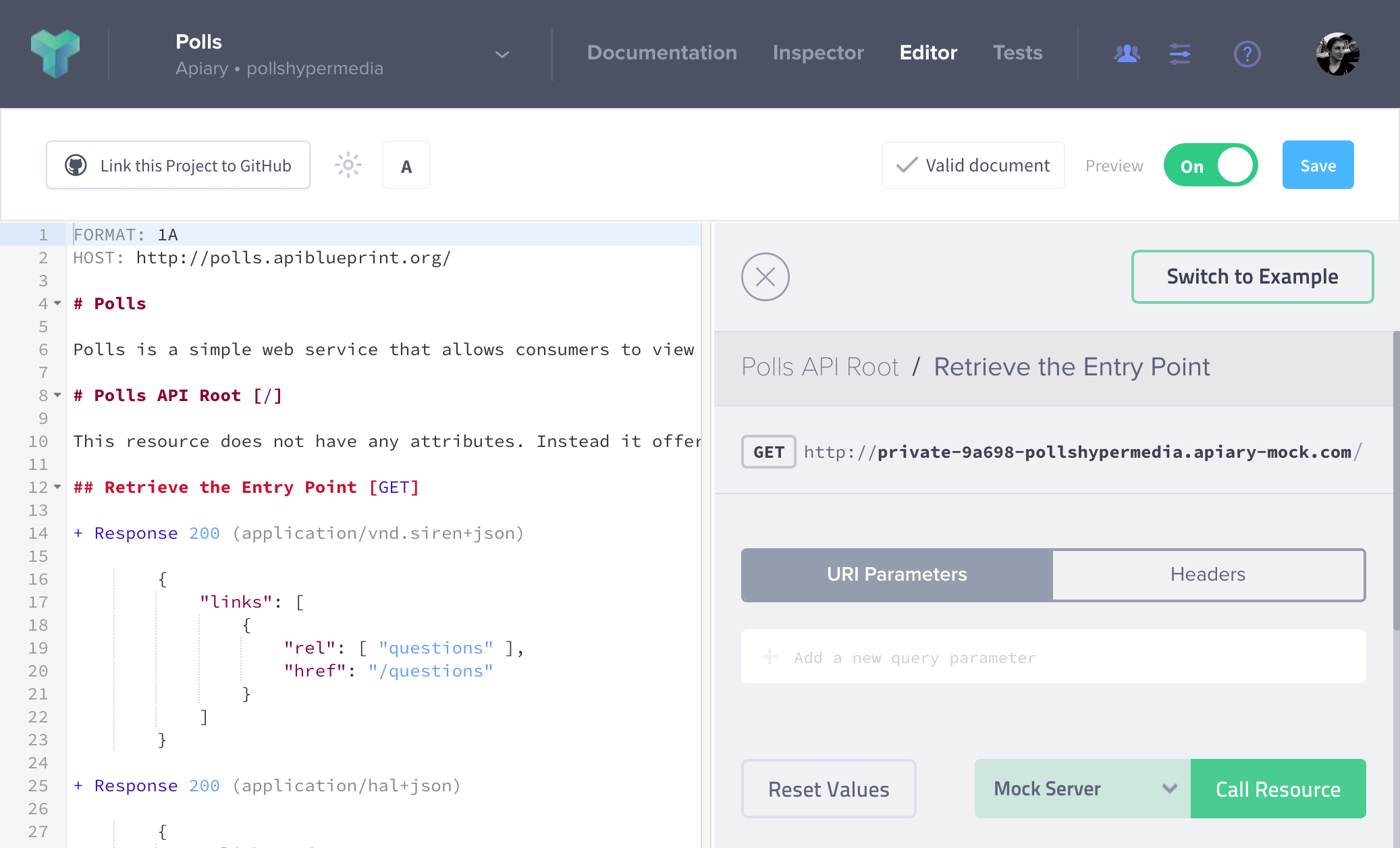
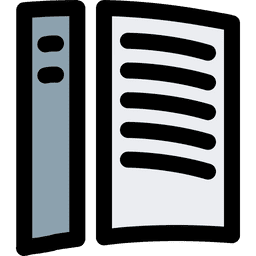
G2 rating: No ratings available
Pricing: Contact for pricing
Read the Docs is an open-source documentation software that helps developers build and host documents. It can also build multiple versions of your documents by creating a separate branch or tag in your version control system, which helps make sure your documents stay up to date.
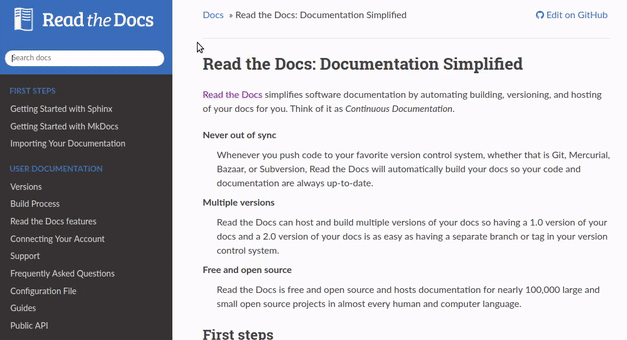
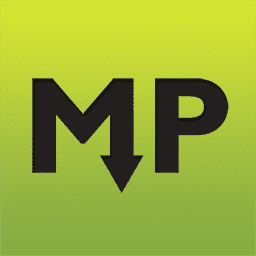
G2 rating: No ratings available
Pricing: Contact for pricing
MarkdownPad is a full-featured Markdown editor for Windows. This tool allows you to create text-based web content, blog posts, websites, articles, READMEs, and software documentation.
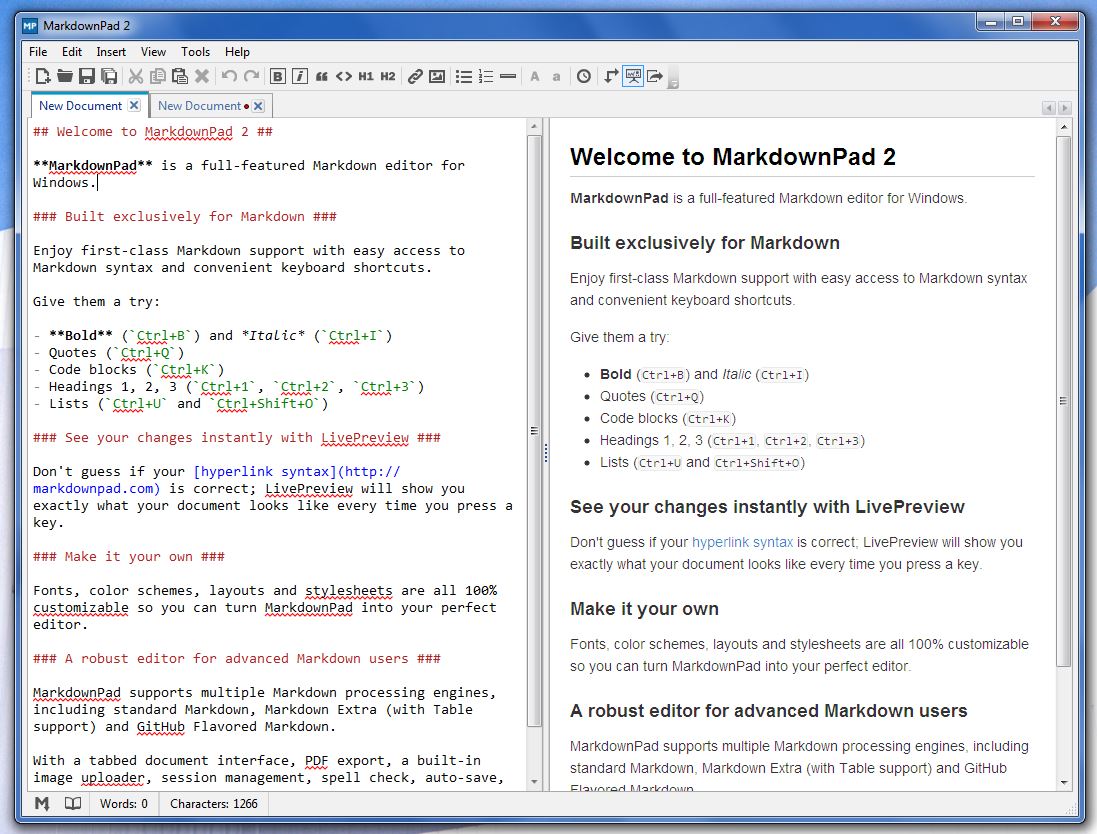

G2 rating: 4.1 out of 5 stars
Pricing: Contact for pricing
Typora is a simple document reader and writer that provides support for Markdown — a plain text format that’s easy to read and write. This software appeals to developers who want to remove distractions by hiding unwanted elements, like preview windows. It also has a live preview feature to allow you to focus on your content.
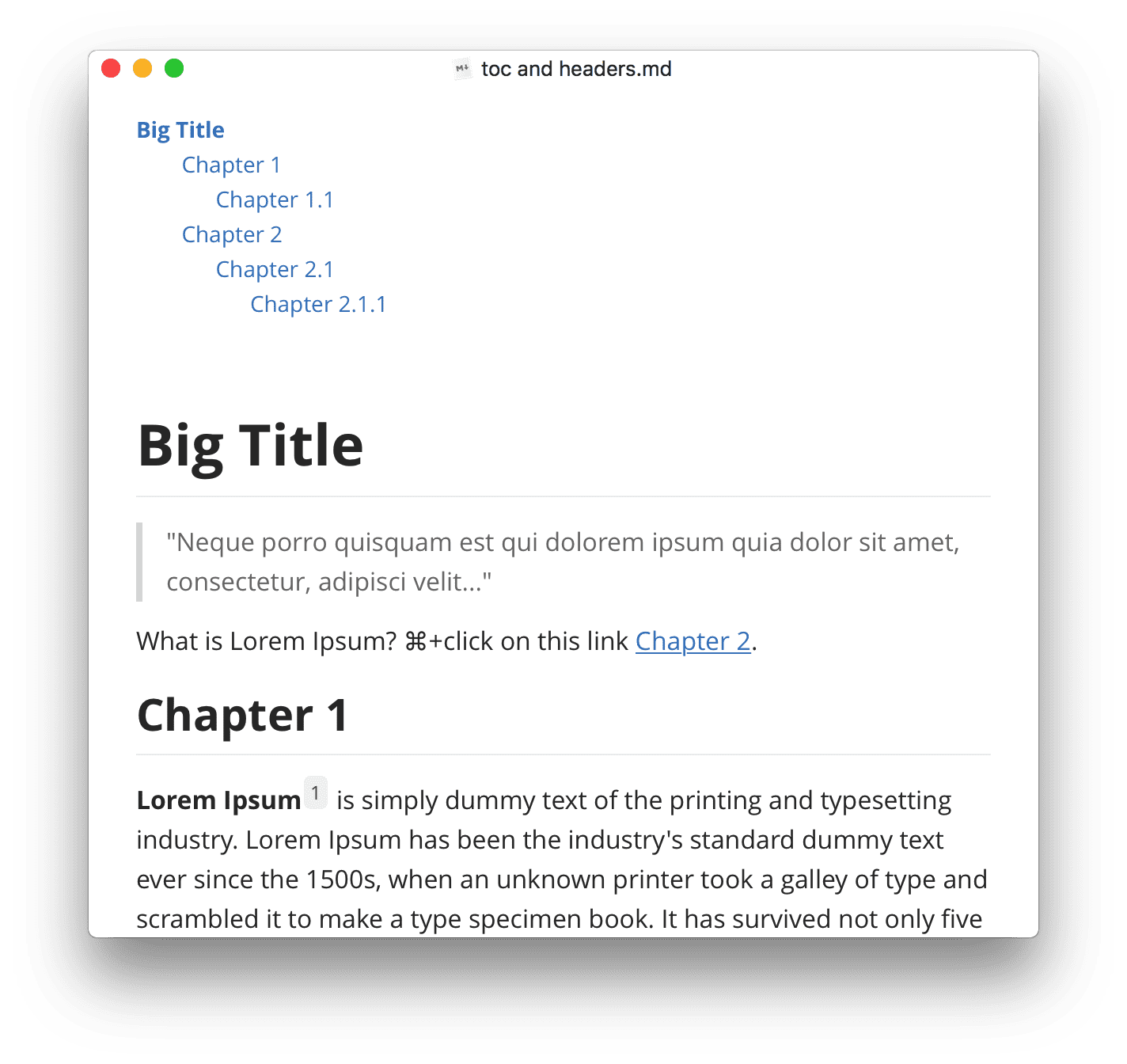
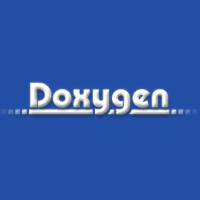
G2 rating: No ratings available
Pricing: Contact for pricing
Doxygen is a top-rated tool for generating documentation from annotated C++ sources, and it supports other programming languages. It can generate online documentation and offline reference manuals from specific source files by extracting information directly from the source, creating continuity between your documentation and source code.
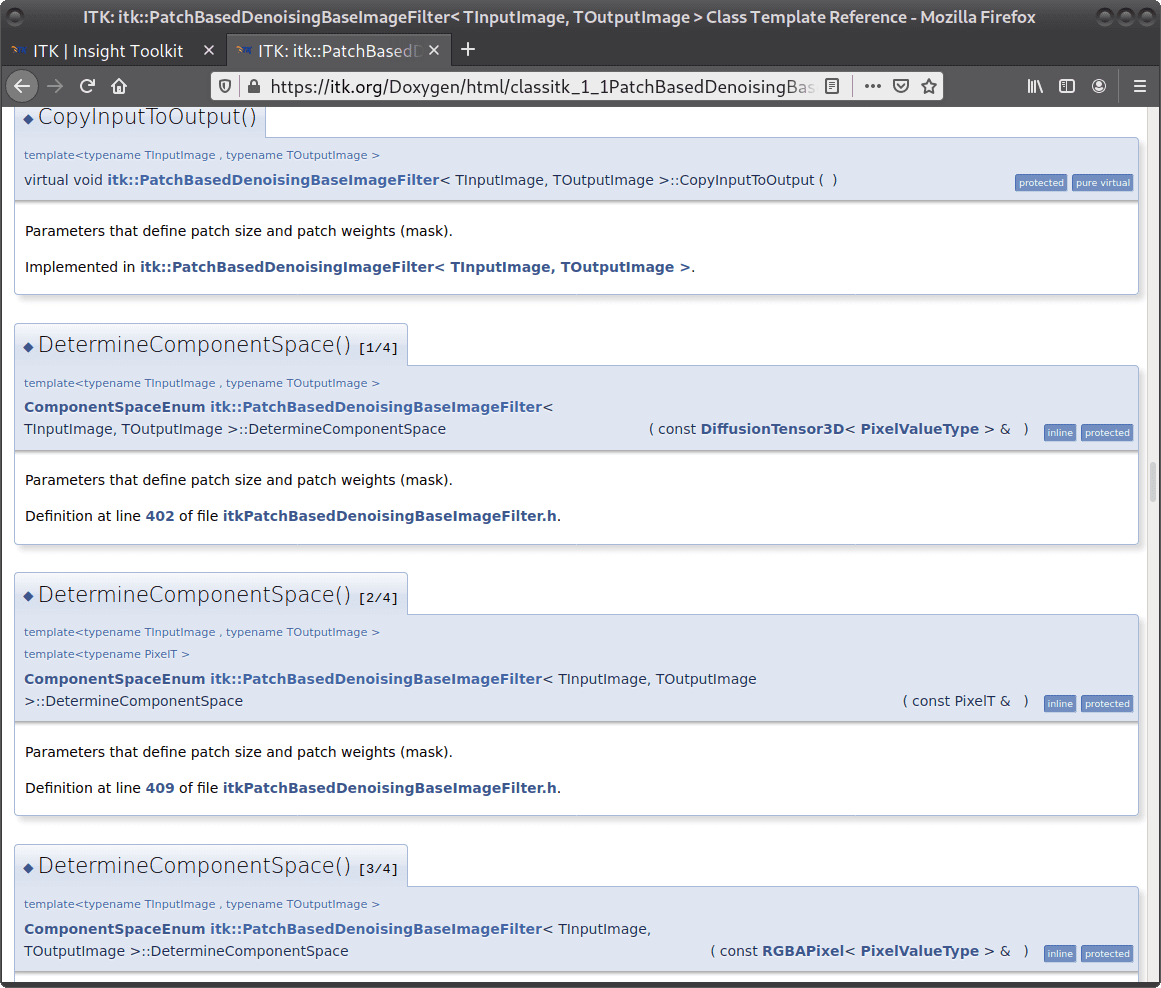


G2 rating: 4.3 out of 5 stars
Pricing: Plans starting at $19/user/month-$49/agent/month
Zendesk is a developer software documentation tool that enables developers to create, manage, and publish API documentation. Its features include customizable themes, version control, collaboration capabilities, analytics, powerful search capabilities, and multi-language support. These features make it easy for developers to create clear, concise, and accurate API documentation for their projects, streamlining the documentation process and improving collaboration among team members.



In today’s fast-paced digital landscape, software documentation tools have become an essential component for organizations of all sizes. These tools offer a range of features that help teams create, manage, and share documentation with ease, improving collaboration, reducing errors, and saving time. However, onboarding and adoption of these tools can be a challenging task for some organizations.
This is where Whatfix comes in, providing a solution to assist with software documentation tool onboarding and adoption. With its interactive guides, Whatfix makes it easier for teams to understand and use software documentation tools, reducing the learning curve and increasing productivity. By incorporating Whatfix into the onboarding process, organizations can ensure that their teams are using software documentation tools to their full potential.
Software documentation tools are crucial for modern-day organizations. With the right solution like Whatfix, onboarding and adoption of these tools can be made easier, ensuring that teams can focus on what really matters – creating great software.
Discover how Whatfix can streamline and simplify your team’s software documentation tool adoption process today.


Thank you for subscribing!